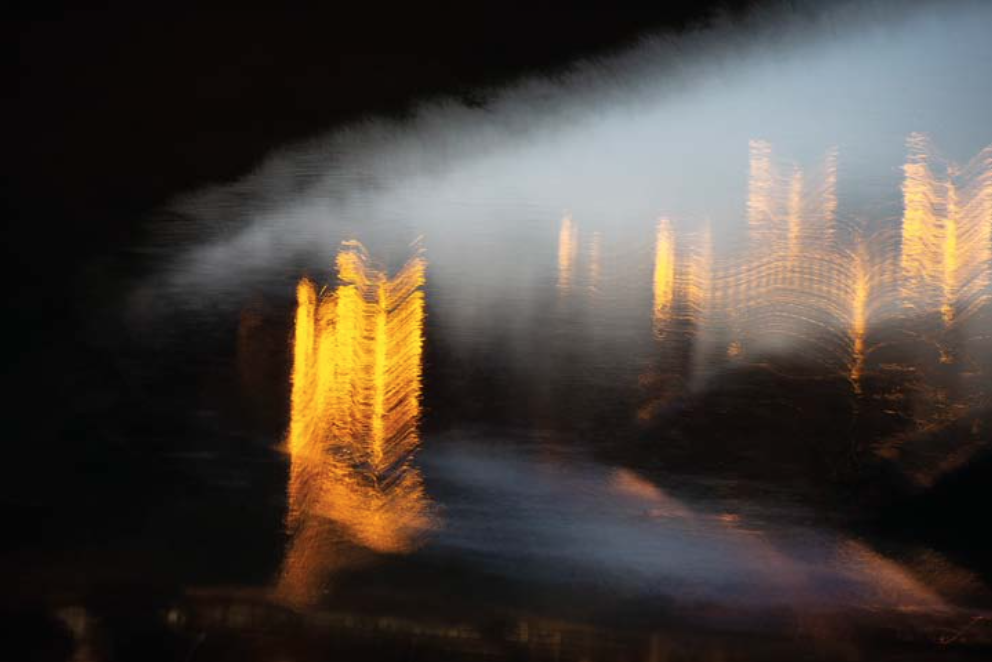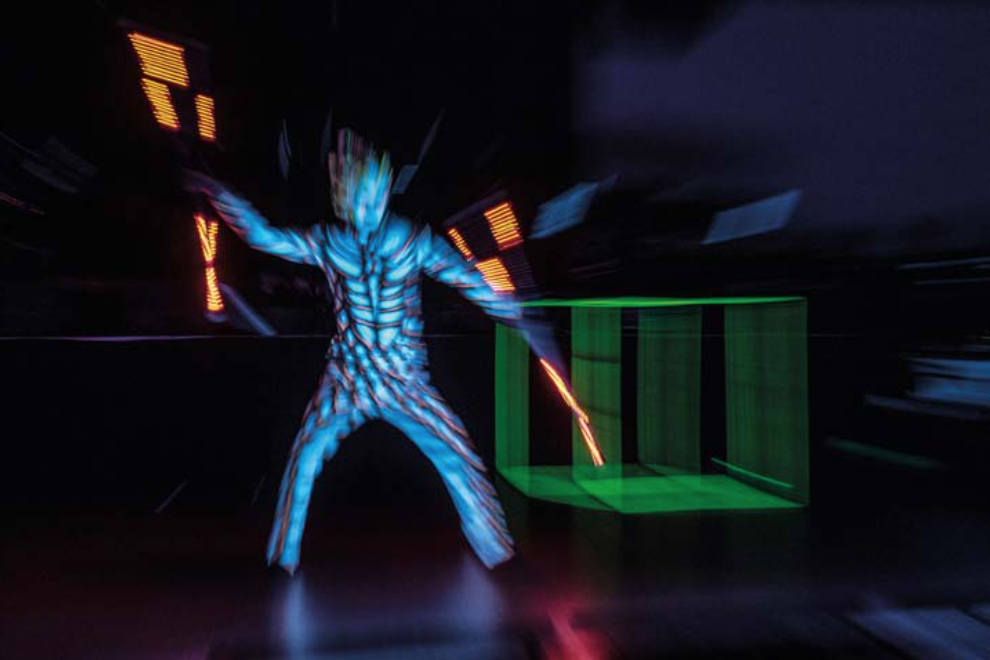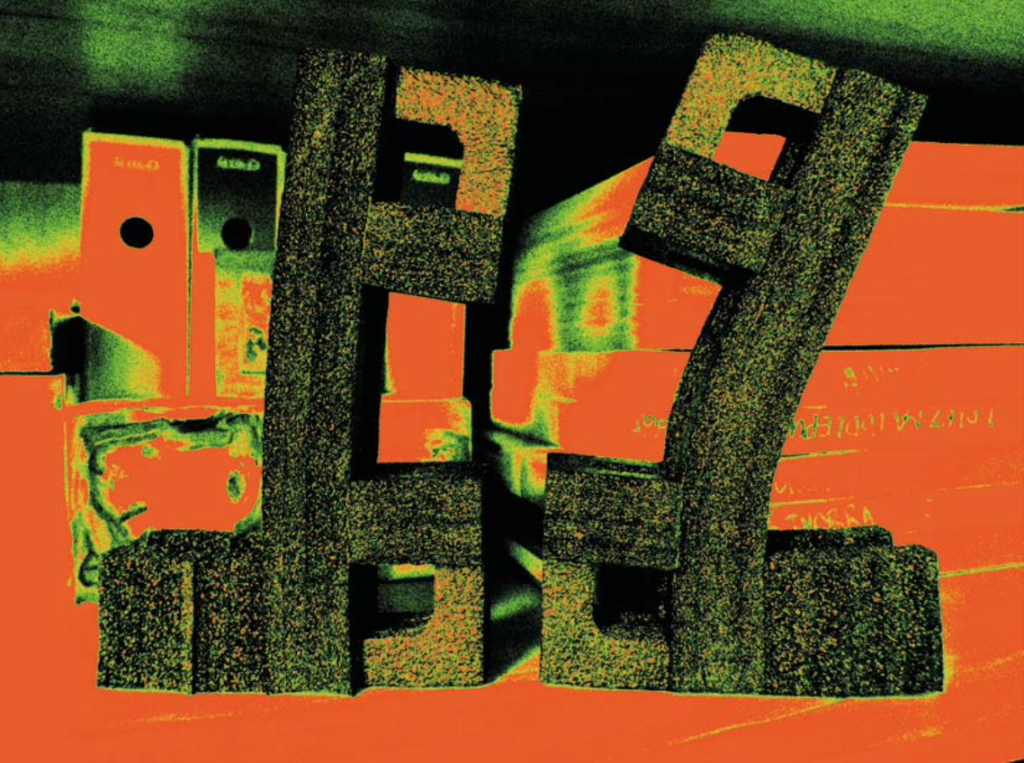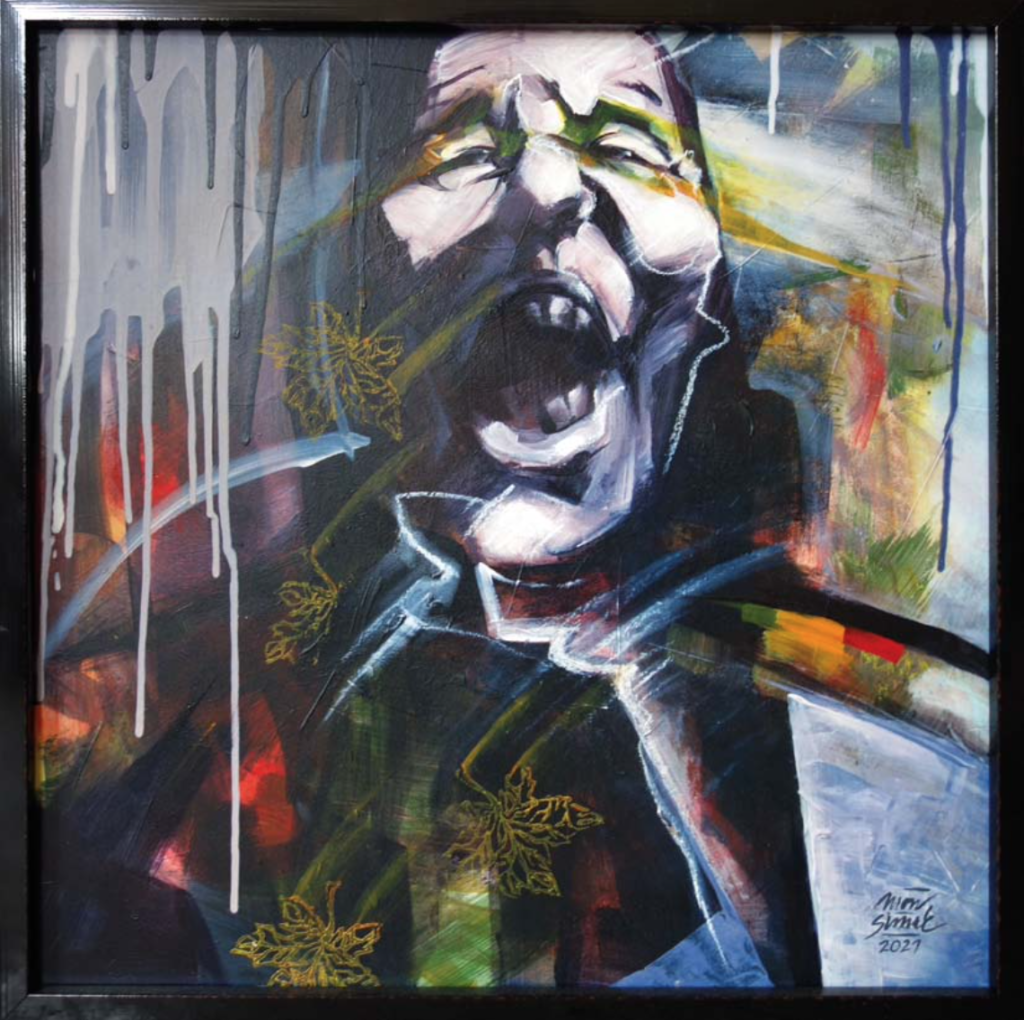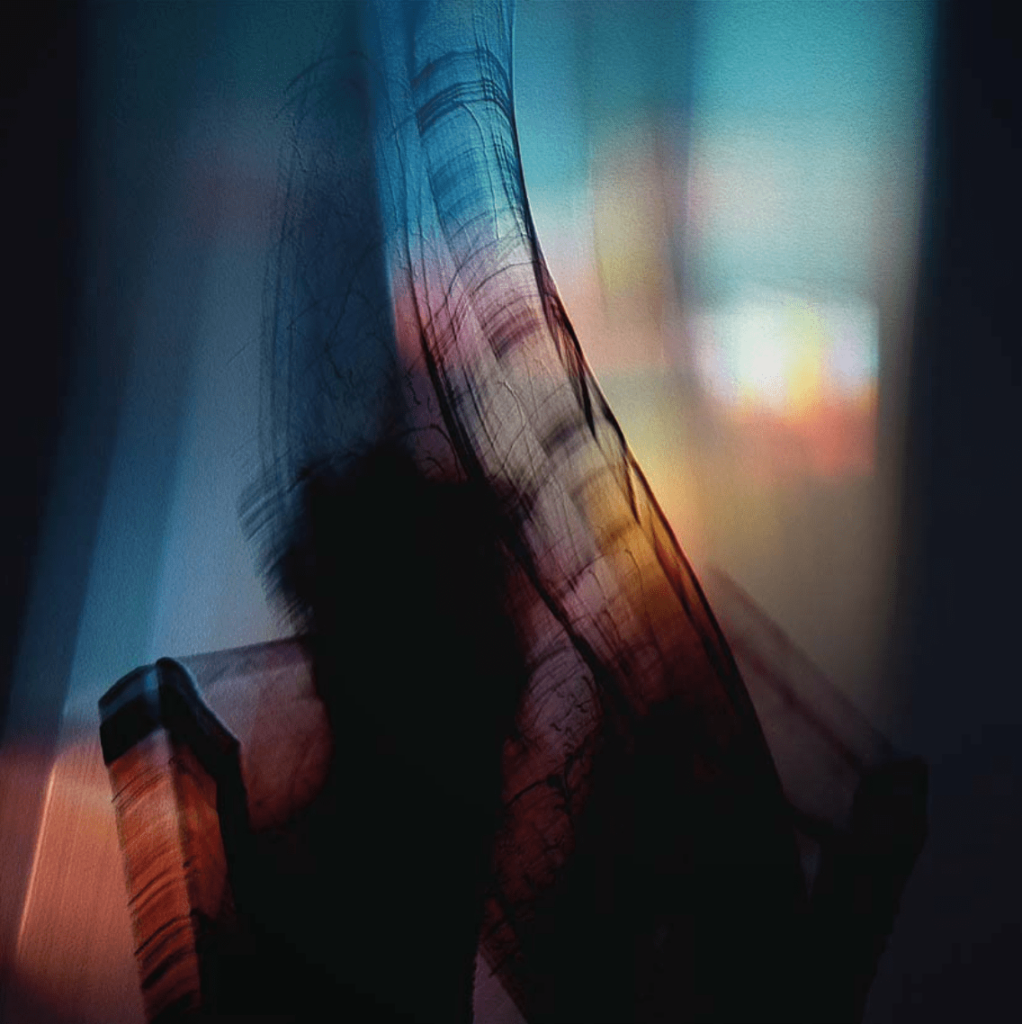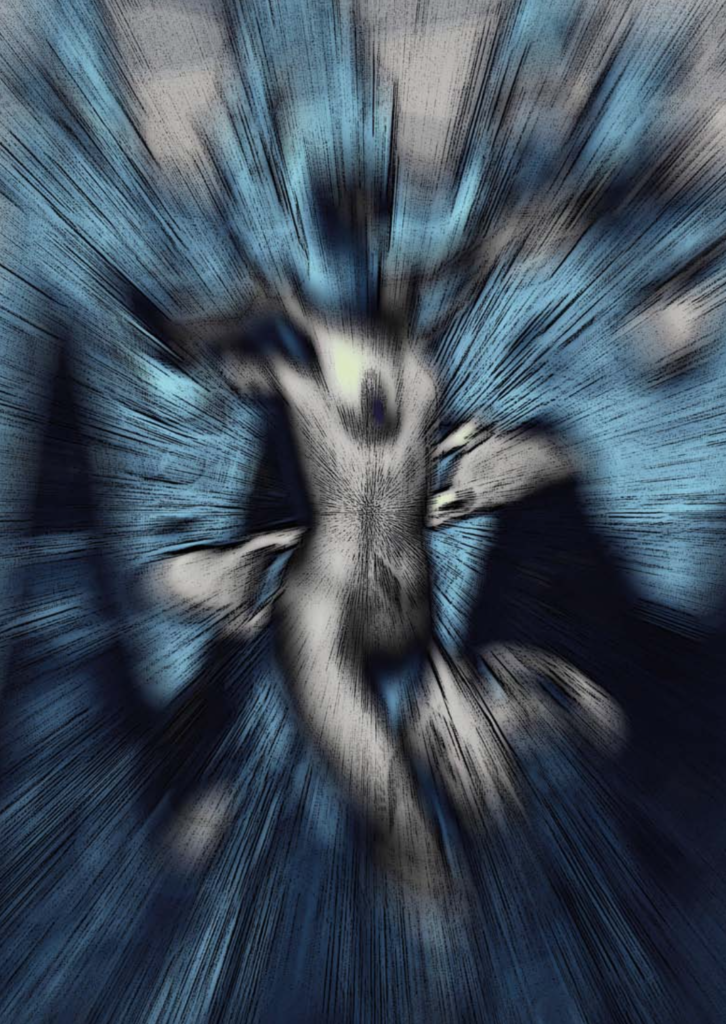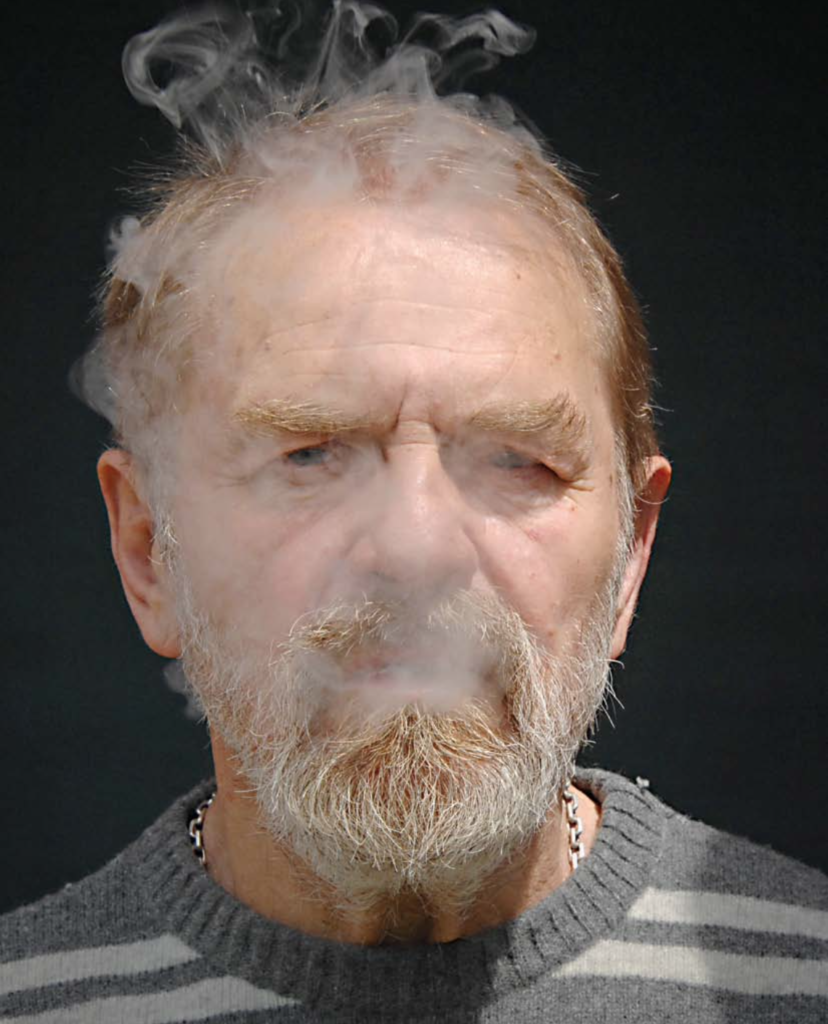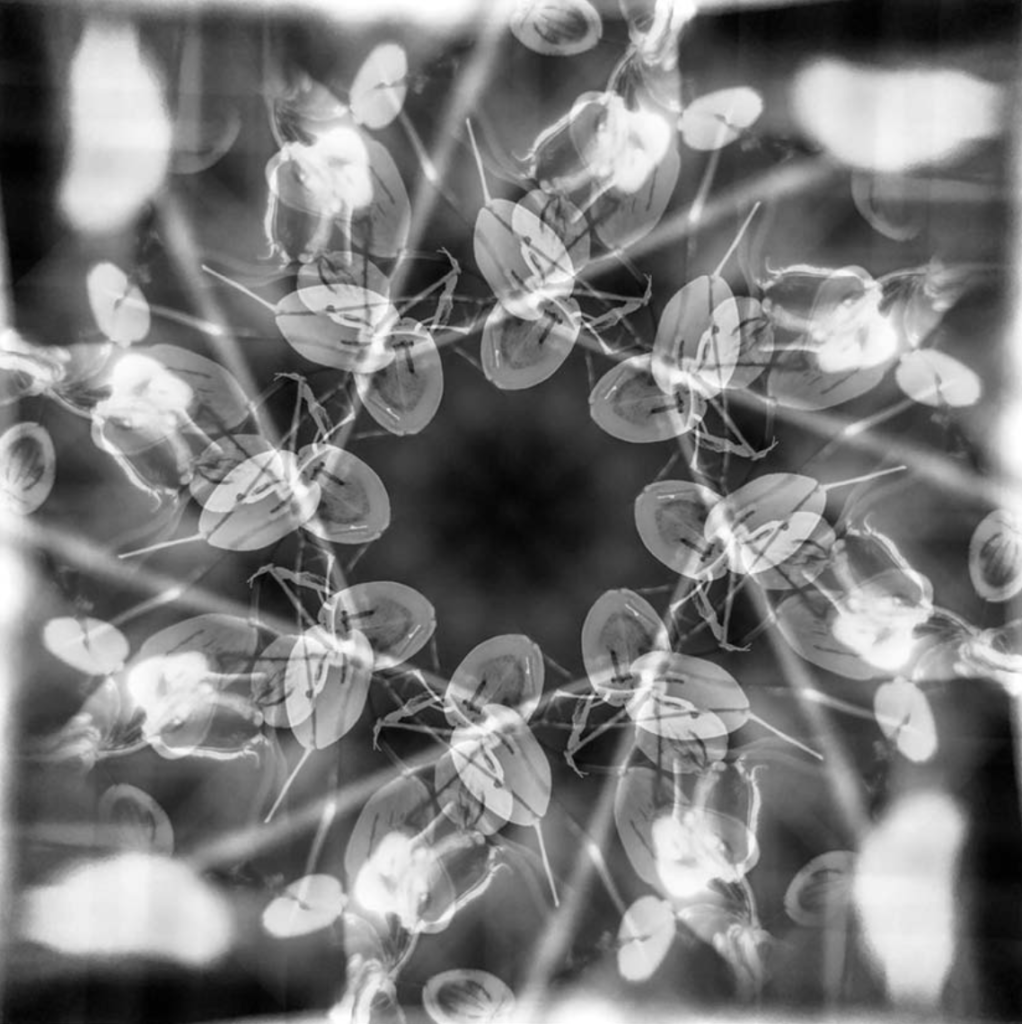
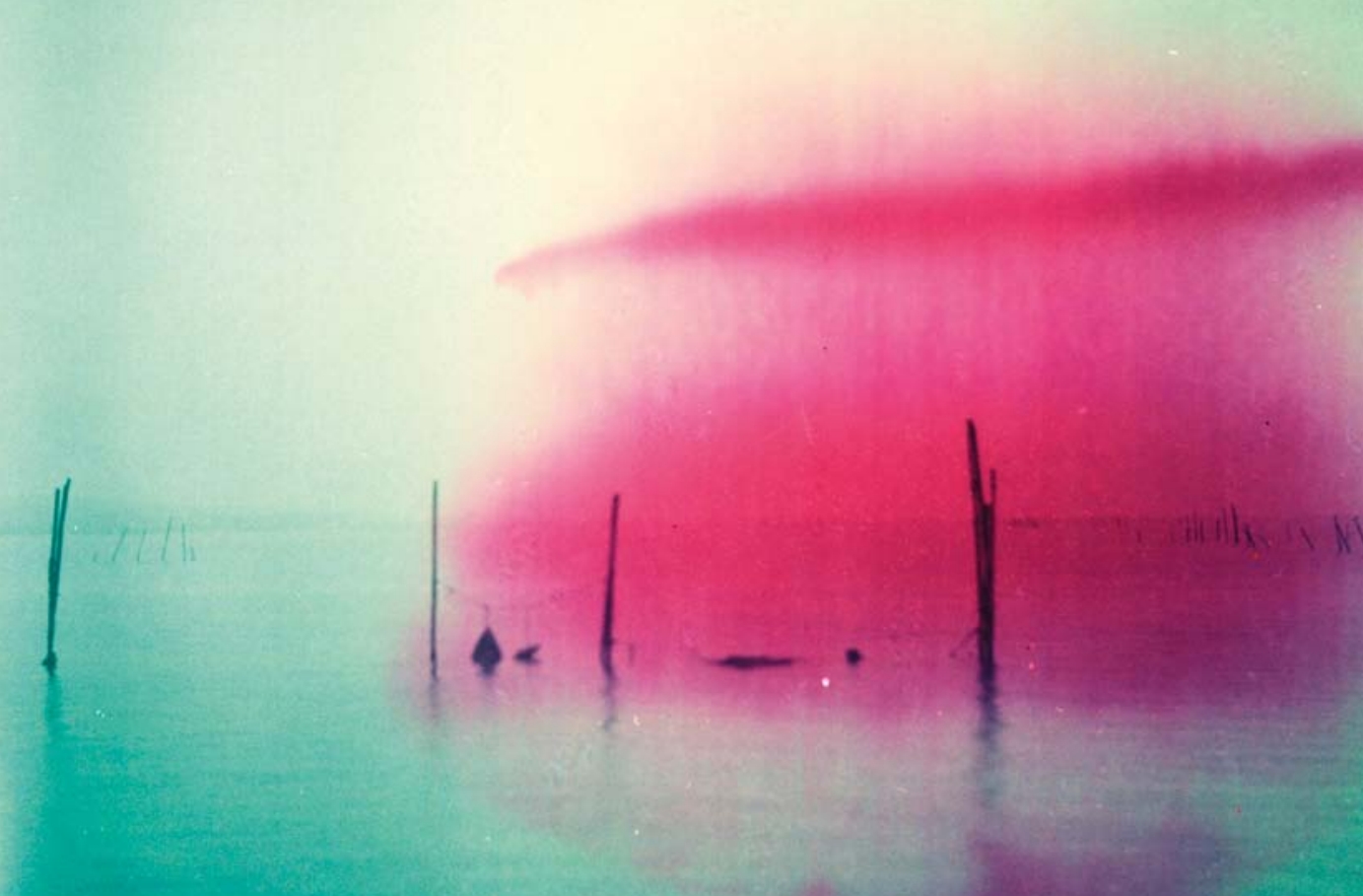
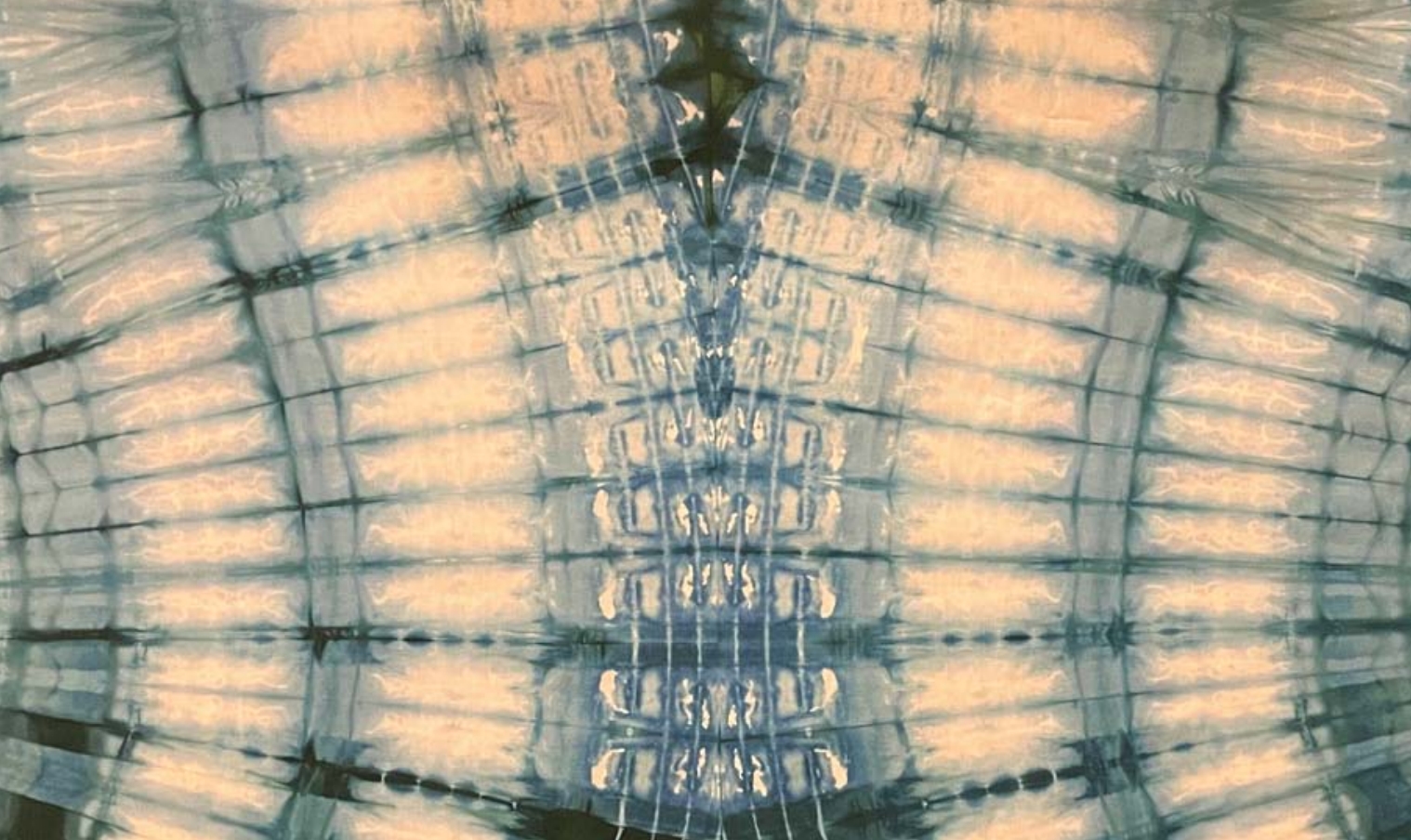
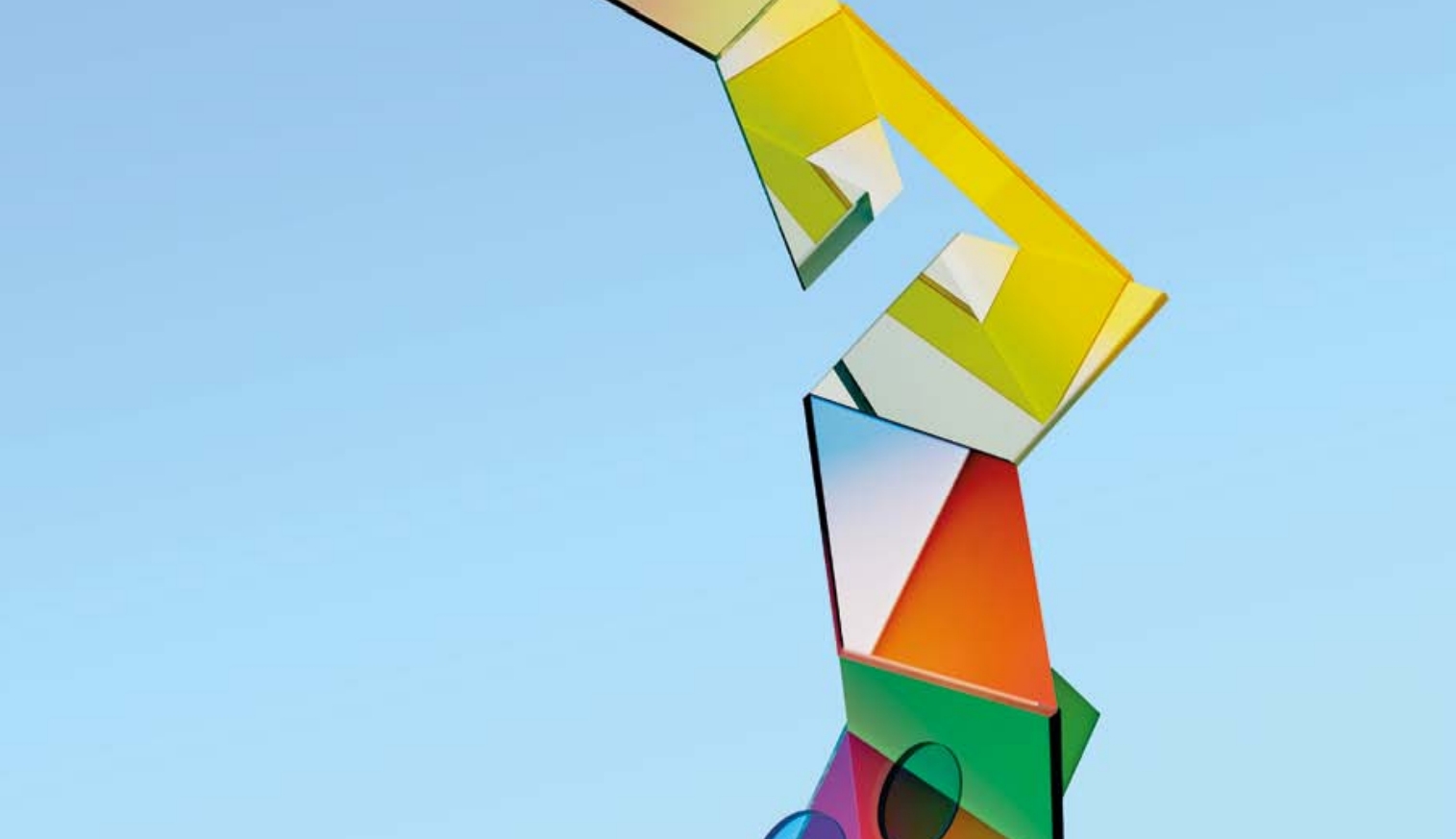
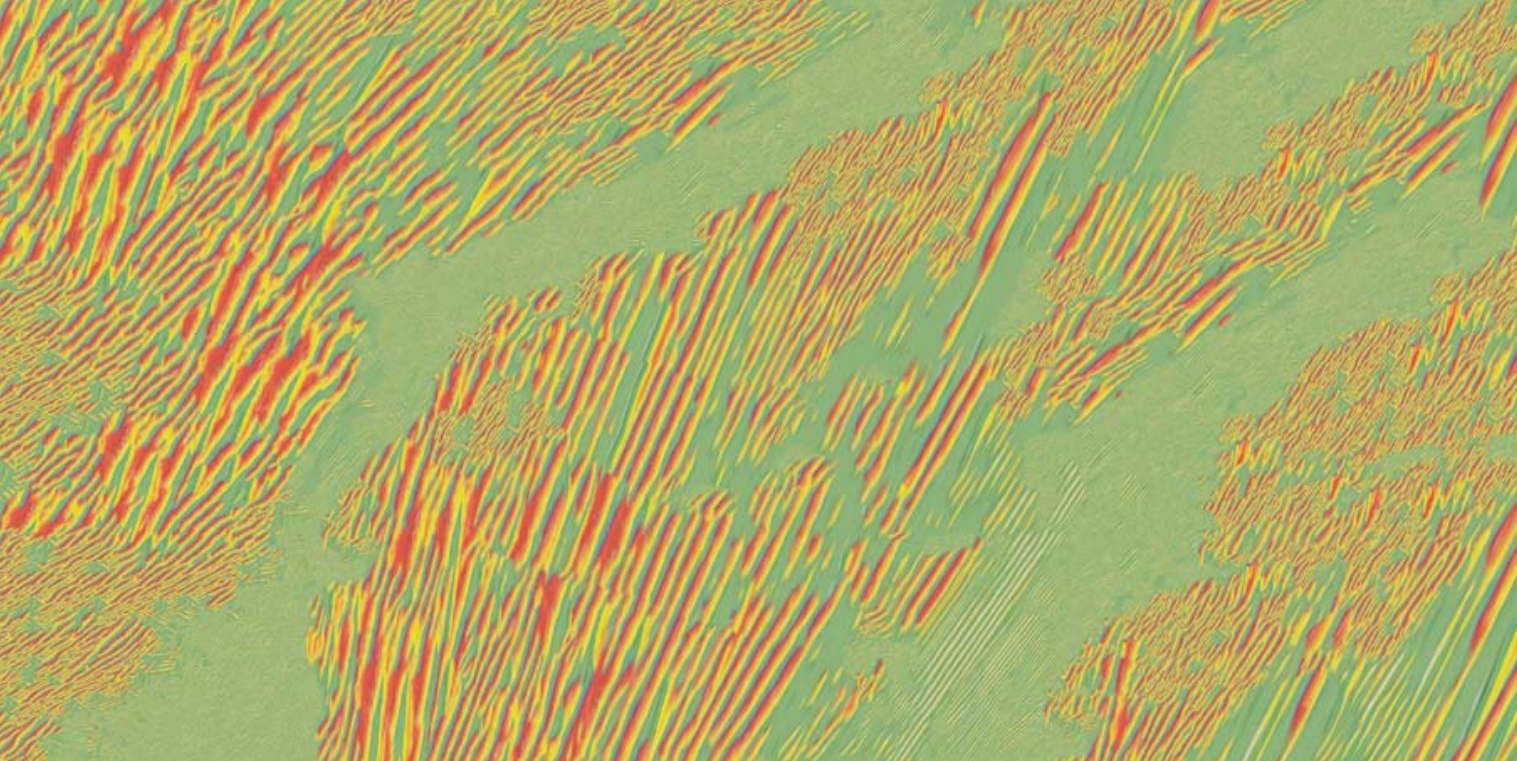
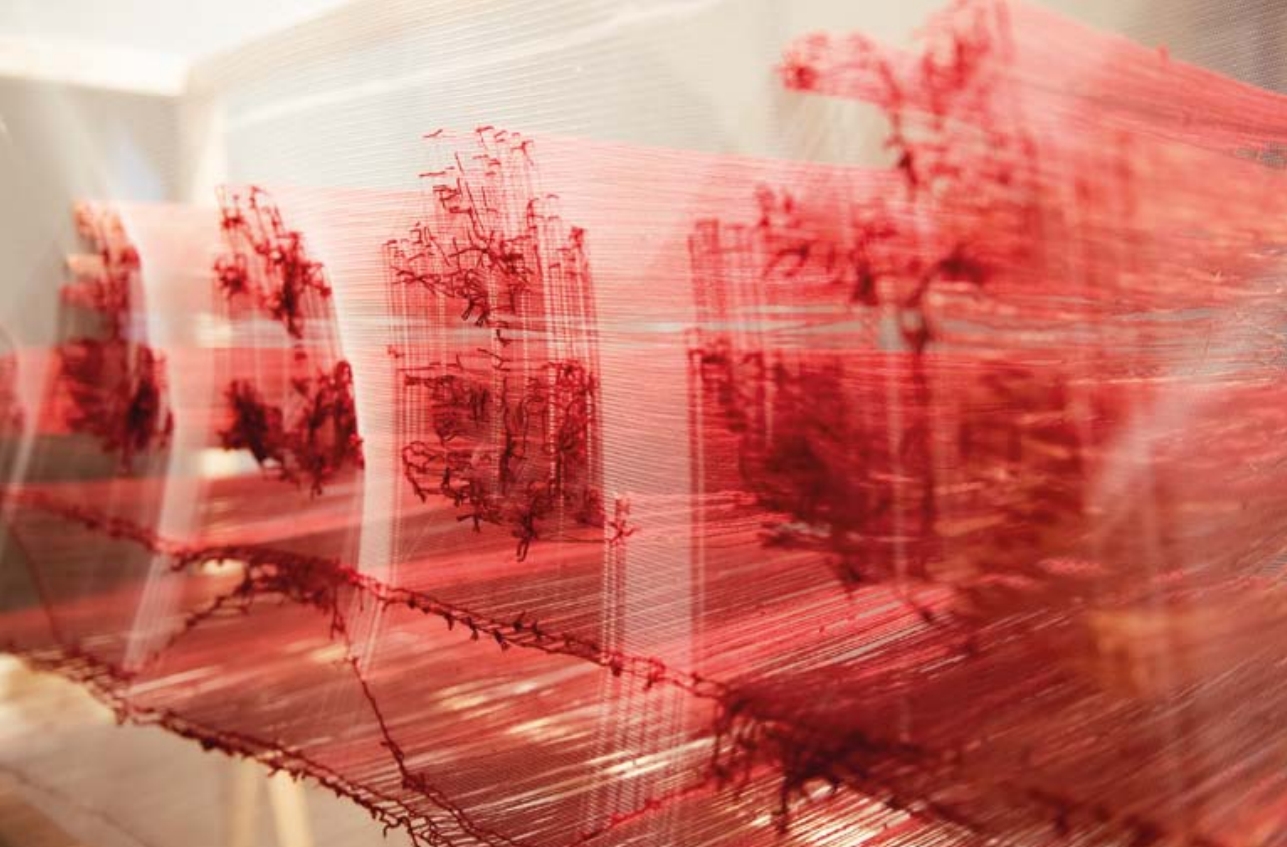
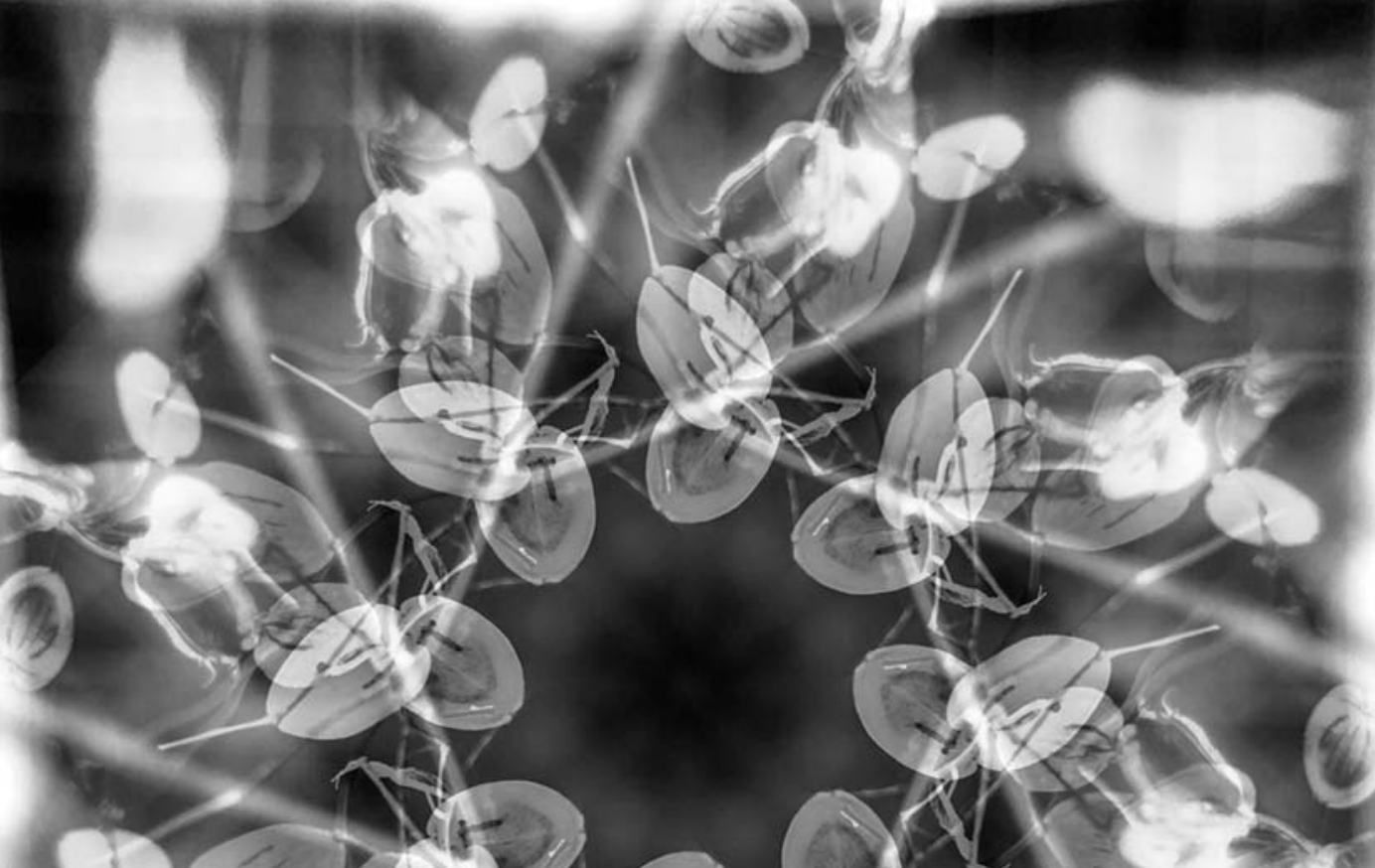
Wykrywanie wibracji
Vibration Detection
Vibrationserkennung
Fale stojące powstają w wyniku interferencji fal składowych, generowane są niezamierzenie przez pracę maszyny lub są wywołane umyślnie (tak to definiuje słownik). Autorzy spoglądają na wibracje jak na energię, która oddziałuje na inne ciała, w tym na człowieka, nie znika, ale przechodzi dalej do organizmu. Systemowe skutki wibracji mogą być różne, ponieważ wewnątrz organizmu działają wielkie siły dynamiczne. W zależności od potencjału wibracji, dodatniego lub ujemnego, wywołane zostają subiektywne odczucia, również dodatnie lub ujemne, a ich wartość proporcjonalnie równa się energii wibracji początkowej. Ogólnie, chodzi o przejawy radości, szczęścia i z tym związany śmiech, przejawy pasji, ale też złości czy urazy. Innym podejściem do tematu jest próba zobrazowania wibracji słów i myśli przy pomocy dymu. Ukazanie wibracji za pośrednictwem zdjęć, których abstrakcyjny wygląd nie jest wynikiem obróbki cyfrowej, ale zwielokrotnienia, nakładania na siebie, obracania (czyli w zasadzie działanie poprzez drobne ruchy, które można uznać za wibracje), jest równie odważnym podejściem, jak twórczość sięgająca do emocji.
Wypowiedź artystyczna czeskich autorów na temat wibracji to przeważnie fotografie, nowością jest jedna kolekcja obrazów malarskich.
Rudolf Němeček
Standing waves arise as a result of component wave interference; they are generated unintentionally by machine operations, or are caused intentionally (according to the dictionary definition). The artists understand vibrations as energy that affects bodies, including human bodies, which passes straight into the body without disappearing. The systemic effects of vibrations can vary because of the great dynamic forces that are at work inside the body. Depending on the potential of the vibration – whether it is positive or negative – subjective feelings can be evoked that are also either positive or negative, with a value that proportionally equals the energy of the initial vibration. Generally, these feelings include manifestations of joy, happiness and laughter, but also manifestations of passion, of anger or resentment. An altogether different approach to the subject would be to visualize the vibration of words and thoughts with the help of smoke. Trying to show vibrations in photos, whose abstract appearance is not the result of digital processing but of multiplication, overlapping, rotating (which basically are the result of small movements that can be considered vibrations) is as bold an approach as creativity based on emotions.
The Czech artists’ statement concerning vibrations comes predominately in form of photographs, with the exception of one collection of paintings, as a novelty.
Rudolf Němeček
Stehende Wellen entstehen durch Teilwelleninterferenzen, die entweder gewollt erzeugt werden oder ungewollt durch das Bedienen von Maschinen verursacht werden (laut Lexikondefinition). Die beteiligten Künstler nun betrachten Schwingung als eine Energie, die auf andere Körper, auch auf den Menschen, einwirkt und in sie eindringt, ohne zu verschwinden. Die systemischen Auswirkungen von Schwingungen können variieren, da innerhalb der Organismen unterschiedlich große dynamische Kräfte wirken. Je nachdem, ob das Schwingungspotential positiv oder negativ ist, werden subjektive Gefühle, die ebenfalls positiv oder negativ sein können, hervorgerufen, wobei ihre Größe proportional zur Energie der Ausgangsschwingung ist. Dabei handelt es sich im Allgemeinen um Gefühle wie Freude und Glück (und dem damit verbundenen Lachen), beziehungsweise um den Ausdruck von Leidenschaft, aber auch um Wut oder Groll. Eine andere Herangehensweise an das Thema bestünde darin, solche emotionalen Schwingungszustände von Gedanken und Worten in Form von Rauch zu visualisieren. Schwingungen auf Fotos darzustellen, deren abstraktes Erscheinungsbild nicht durch digitale Bildbearbeitung entsteht, sondern durch Vergrößerungen, Überlagerungen und Rotationen (also im Grunde durch kleine Bewegungen, die als Schwingungen bezeichnet werden können) ist eine ebenso gewagte Herangehensweise wie der emotionale Ausdruck von Kreativität.
Der Beitrag der tschechischen Künstler zum Thema Schwingungen besteht hauptsächlich aus fotografischen Arbeiten, wobei eine Gemäldeserie eine Neuerung darstellt.
Rudolf Němeček
Kurator | curator | Kurator: Rudolf Němeček
autorzy | artists | Künstler: Petr Moško (1956), Zdeněk Mudroch (1949), Rudolf Němeček (1949), Iva Pavlátová (1961), Pavel Rejtar (1944), Monika Simek Fulková (1965), Zdeněk Stuchlík (1950), Petr Šulc (1978)
miejsce | place | Ort: Spectrum Galerie, Baumschulenweg 48, Frankfurt (Oder)
